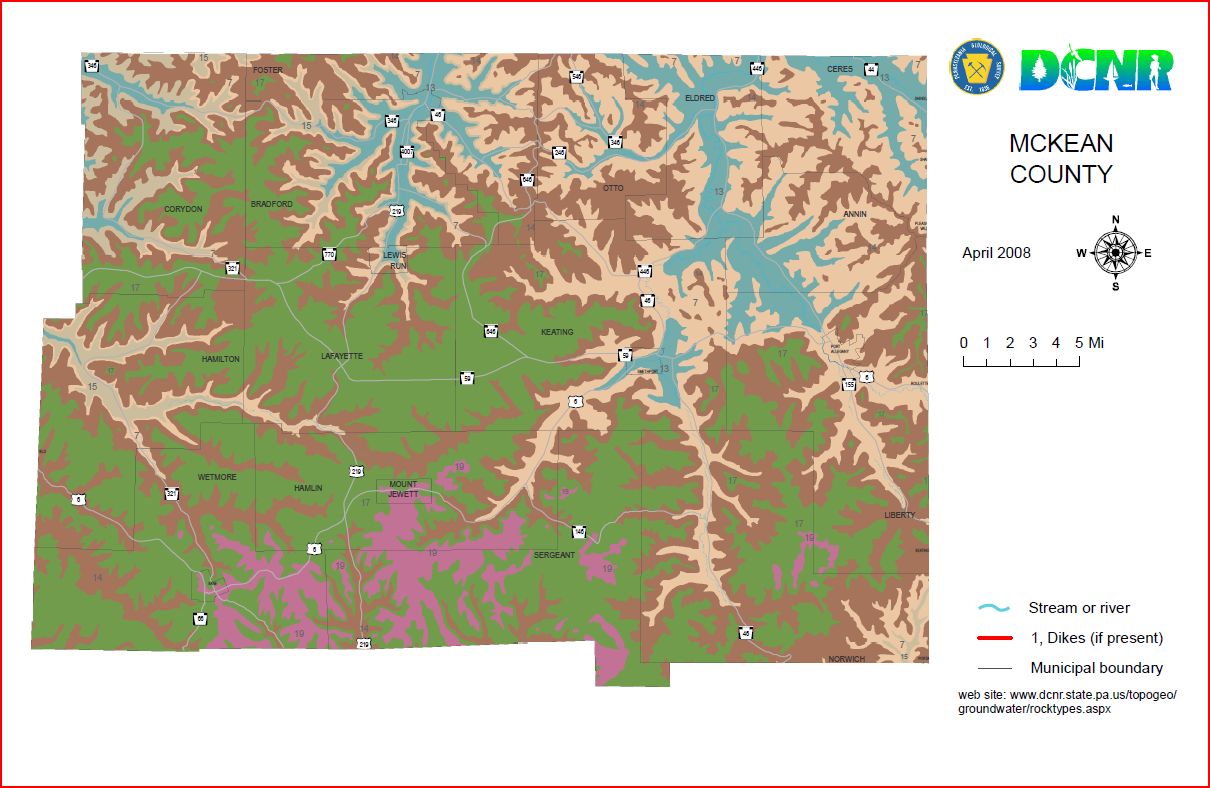
EARTHCACHE REQUIREMENTS
Each cacher must send his/her own answers BEFORE logging a find. ... "Geocachers must complete the tasks before they log the EarthCache as found." (4.3. EarthCache logging tasks)
Enjoy the journey (learning adventure) as well as the destination (smiley earned). Remember to take only pictures and leave only footprints. To get credit for this Earthcache, complete the following tasks:
NOTE: Answers via message -and- log signature picture is required to post a find for this cache.
While making a path along RT's newly constructed sheds, LN unearthed and split several large rocks. Two of the rocks were quite different from anything we had encountered in this area. These rocks were partially buried. No apparent past landscaping accounted for the rocks being present at this location. Since there isn't a plausible geological reason for these rocks to be present at this location, they were probably brought here although the purpose is unknown.
1. MESSAGE …. How do rocks not native to the area appear?
2. MESSAGE …. Based on the map and your observations, which of the rocks at the posted coords are native to the area. Use color/features to identify them.
3. MESSAGE …. Describe the appearance of the remaining rocks that do not appear to be part of the native bedrock. How do they differ from the native ones?
4. LOG …. Post a picture at or near the posted coordinates. This picture is your log signature. No spoiler pics.
OPTIONAL - Please respect the time and effort involved in finding and creating this earthcache by adding A and B to your log.
A. JOURNEY OF THE MIND ... Science explains what we observe. Relate (in your own words) something you found interesting in the reading. This adds to your learning adventure and your log.
B. JOURNEY OF THE HEART ... Art shares our personal experience of what we see. Share something special you found on site, and why it is special to you ... prose / story / poem / picture. This is a memorable addition to your log and will make other hearts smile.
Journeys of Heart and Mind ...
Stories to Touch the Heart and Puzzles to Challenge the Mind / Rainbow Tree Story
OPTIONAL - LANGUAGE OF THE STONES
See rainbowtree to choose a stone.
Then receive an individualized mini-workshop on the Language of Stones.
NON-NATIVE ROCKS
Usually rocks remain consistent in size and type relative to their native area. Unusual rocks can be found dispersed among the native rocks.
EARTH - Depending on the slope of the land, rocks varying in size from pebbles to boulders slide downhill due to gravity.
AIR - From a relatively harmless windstorm to a tornado or hurricane, rocks varying in size from pebbles to boulders are moved from one place to another either near or far.
FIRE - Volcanoes spew molten rock from within the earth to the surface.
WATER (liquid) - Depending on the amount and force of moving water, rocks varying in size from pebbles to boulders are moved from one place to another either near or far.
WATER (solid) - Glacial erratics are stones and rocks that were transported by a glacier, and then left behind after the glacier melted. Erratics can be carried for hundreds of kilometers, and can range in size from pebbles to large boulders.
MAN - A large variety of stones are moved from quarries all around the world to building and landscaping sites.
NATIVE ROCKS ... The native rocks in this area are sandstone (feels gritty), shale (smells like wet mud when moistened), conglomerate (pieces of other rocks), limestone (fizzes in vinegar).


GEOLOGY
The rocks are probably geologic unit MDso - Shenango Formation through Oswayo Formation, undivided. The formation consists of greenish-gray, olive, and buff sandstone and siltstone, and gray shale in varying proportions.
THANK YOU Victoria V. Neboga | Senior Geologic Scientist | PA Department of Conservation and Natural Resources for the above geology.
RESOURCES ... County Rock Maps